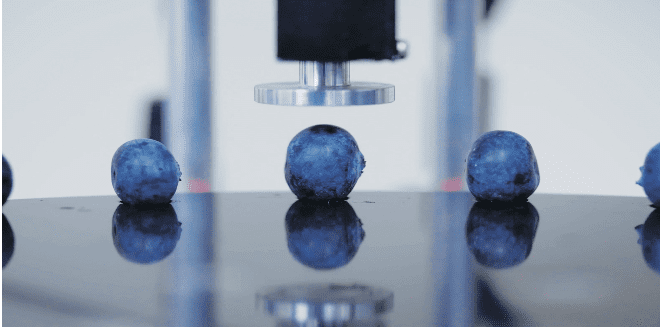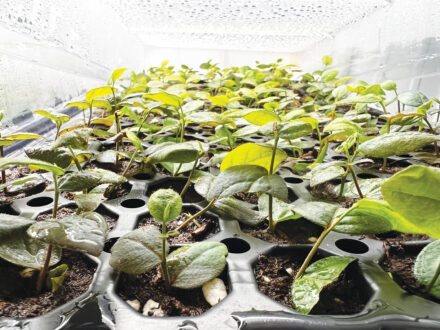

May 8, 2023MBG, UF develop late-season Georgia blueberries
Berry Blue LLC, an MBG Marketing subsidiary, has signed a seven-year, multi-million-dollar partnership with the University of Florida (UF) blueberry breeding program.
The agreement will allow members of the MBG Marketing grower cooperative in Georgia to extend their growing season. There are two seasons in Georgia: with the southern highbush season, followed by the Rabbiteye harvest from late May to early July.


The partnership aims to phase out the Rabbiteyes and extend the season with new southern highbush cultivars that will extend availability from May to July. The new cultivars will not compete against Florida blueberries, which typically are gone from the U.S. market by the end of April, said Brad Moorer, president and CEO of Berry Blue and MBG Marketing, Grand Junction, Michigan.
While Berry Blue has paid royalties to UF and other university berry breeding programs for germplasm access, Moorer said the new agreement “takes it to another level.” Berry Blue will fund UF research to develop new late-season cultivars.
“We’ll not only have access to their patented germplasm to use in our program,” Moorer said, “and of course if we use one of their parents and it becomes a cross, then we pay them royalties for these rights, but this is a different type of project.”
The UF/Berry Blue partnership may yield only a couple of viable new cultivars. A best-case scenario, Moorer said, is five new varieties. At some point, up to 10,000 acres of Rabbiteye berries grown in Georgia by MBG members will be replaced. Moore said Rabbiteyes are good berries, flavorful and productive — but those cultivars are 30 or more years old.


“It is time to plant with updated genetics,” he said. “There just hasn’t been a lot of breeding activity around Rabbiteye.”
Desired traits While the timing of harvest is a key factor in the selection process, Moorer said successful varieties must satisfy consumer preferences for flavor, firmness and size, as well as overall eating experience. And then breeders turn to the production side.
“It can be the best berry in the world, but if it can only grow 1,000 pounds an acre, the consumer will never get it, because a grower can’t grow it profitably,” he said. “When we think about grower traits, it’s around yield, productivity, how many pounds peracre do you have the potential to produce? Is it disease and pest resistant? Is it machine harvestable, does it have an upright bush or is it one that will get so heavy it will fall over, having to be trellised, with additional production costs as a result?”
Moorer said that the breeding program at UF already has developed cultivars that were shelved because they were mid-chill varieties, better suited to Georgia and North Carolina. He also noted that evaluations will start with off-the-shelf material that will be in the test plots as early as this fall, and positive results are expected by the second or third year.


“When Brad approached me about this project, I got very excited about the possibility of extending the work we have been doing for Florida growers,” Patricio Munoz, blueberry breeder at the University of Florida, said in a news release on the new partnership.
Through Berry Blue, MGB Marketing has had some success with in-house breeding efforts. The 20-year-old breeding company has 22 patented northern and southern highbush varieties, including Envoy, a northern highbush that Moorer said is a game-changer for Michigan blueberries. MBG is planting 1,500 Envoy acres in Michigan. Projections are that Envoy will produce 15,000-18,000 pounds an acre, compared to the state’s legacy variety, which produces about 5,000 pounds an acre.
“Now that we are starting to have some success with the patented varieties that Berry Blue owns as intellectual property, we’re licensing those to third-party properties,” Moorer said. “The vision moving forward is that Berry Blue will be a standalone for-profit company, owned by MBG. If we can make it break even, that will be a win. Our goal is to generate enough licensing to fund our research project so we can continue.”
— Chris Koger, managing editor
Top photo: Blueberries are tested for firmness in the lab at Berry Blue. Photos: Berry Blue














